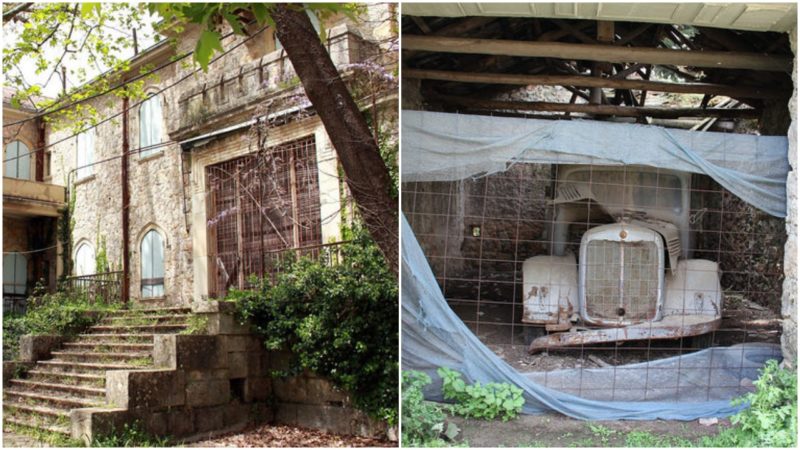Tatoi Palace was the summer residence of the Royal Family of Greece for more than 80 years. Today it is only a ruin that patiently waits to become a museum. It is sad how many beautiful and significant structures around the world are left to crumble without any rational reason.
They are either stuck somewhere in the middle of a tangled bureaucratic labyrinth, or being collateral damage of the country’s turbulent political changes.
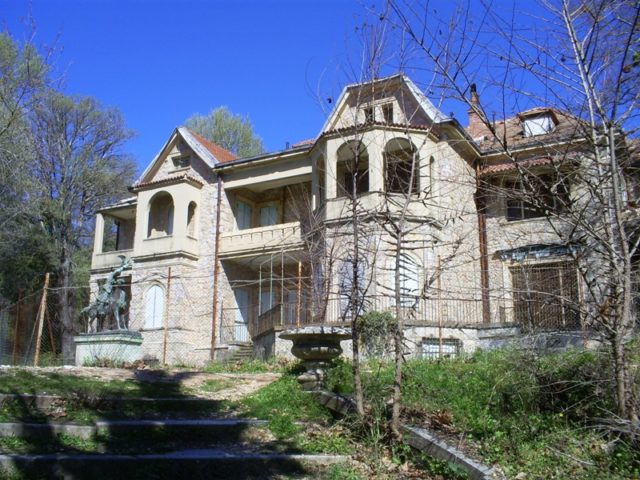
The Tatoi Palace complex is strongly connected with the history of modern Greece, but after years of abandonment the once elegant royal home has entered into a serious state of disrepair. A great part of its forgotten glory is overgrown with vegetation or slowly devoured by erosion.
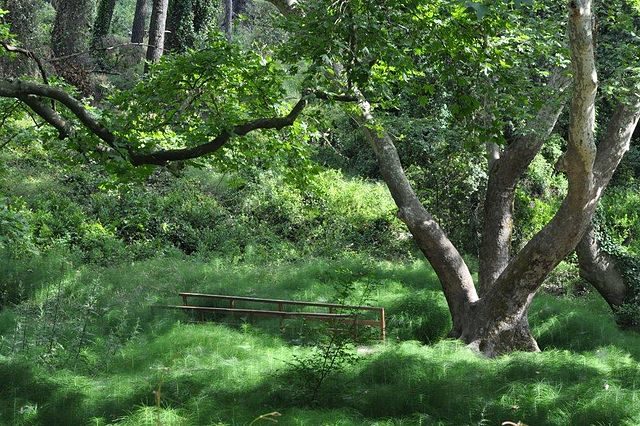
But instead of merely being an unofficial monument, many people strongly believe it should be preserved and saved for future generations. There are plans for the site to be opened as an official museum, and hopefully these plans will be realized in the near future.
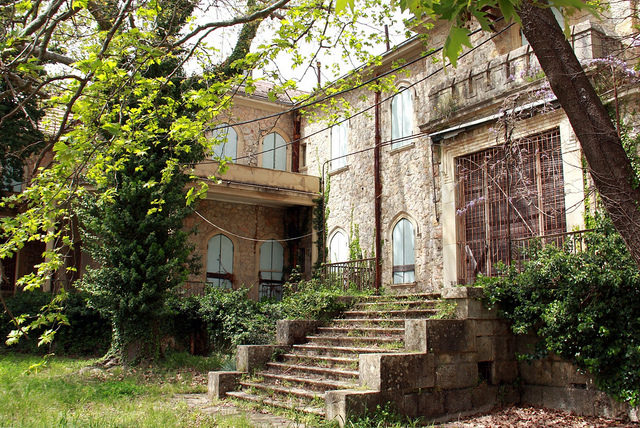
King George I of Greece bought a plot land just north of Athens, on the southeastern side of Mount Parnitha, in 1870s. On that land he personally planned the future appearance of the complex. This pastoral oasis erected to honor his wife, Queen Olga, was placed at the bottom of a forested mountain area mostly colonized with dense cypress and pines trees; it was replica of her charming childhood home.
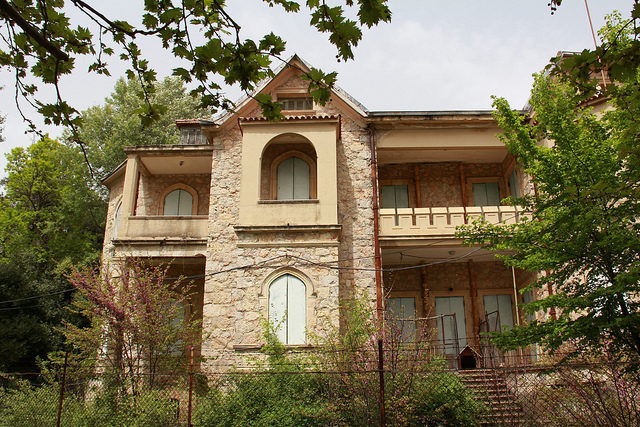
Throughout the years it became one of the favorite residences of the royal family, especially during important events in their lives. It was also often used for political meetings and many decisions about the future of Greece were taken there. The entire complex functioned as a small independent community, with more than 40 ancillary buildings in order to satisfy every need on the royal property.
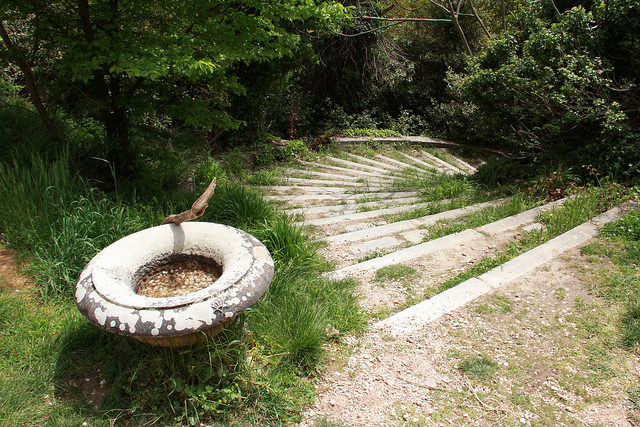
The central building is a large stone mansion designed by the architect Savvas Boukis. Its construction started in 1886 and it was finished in 1888. The idea for the central house originally came from the Gothic Cottage at Peterhof Palace in St. Petersburg, Russia, where traditionally many generations of Queen Olga’s family throughout the centuries spent their summers.
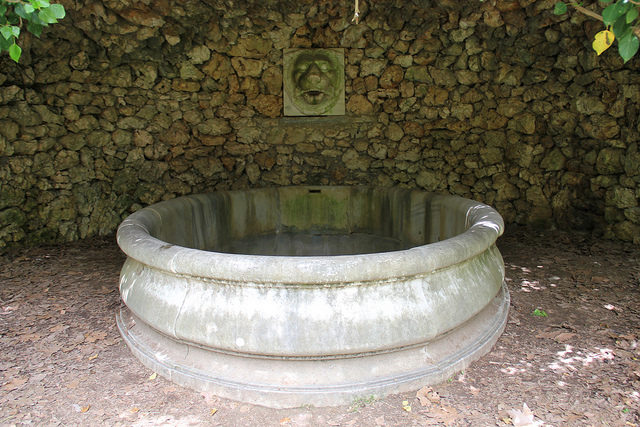
Tatoi Palace was full of life from the end of the 19th century until 1967, when the family escaped the country after a military junta came into power. Every member of the family was specially bonded with the property. Solid proof of their love towards it is that this was chosen as the location of the Royal Cemetery, thus making an eternal connection with the land that they genuinely admired throughout their life. 20 members of the royal family are buried in the private cemetery, and others were laid to rest in tombs near the Royal Chapel.
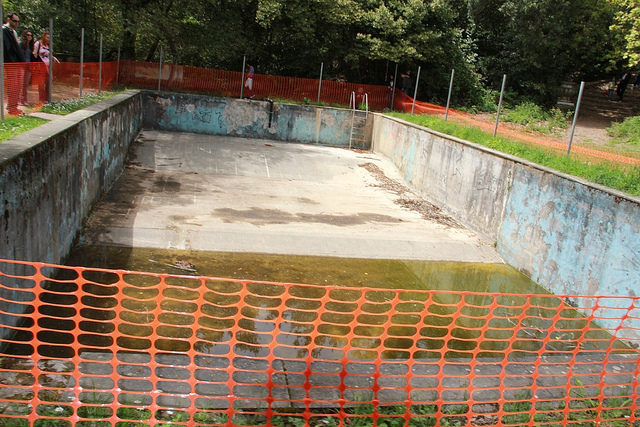
Because of the nation’s disunity during World War I, much of the complex was deliberately set on fire and seriously damaged. Many outbuildings were burned to the ground. Maybe the fact that the family had close connections with Kaiser Wilhelm II (Queen Sophia was his sister) provoked many Greeks to believe that the family was pro-German, and thus their enemy. A section of the property was taken from its owners in the 1920s and it became a publicly owned property. In 1936, when the monarchy was restored, it was given back to King George II.
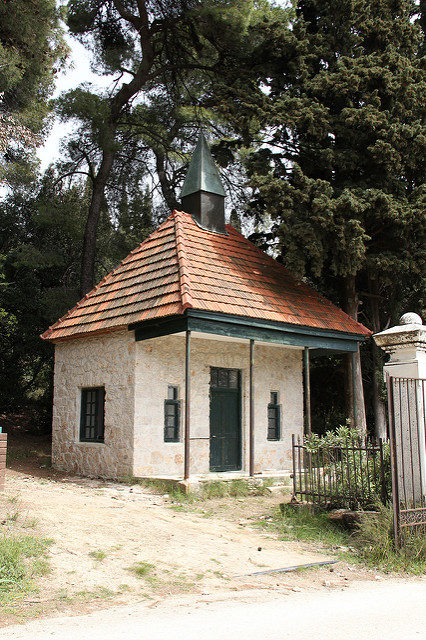
After the 1973 referendum, which led to the formal fall of the Greek monarchy, the Royal Family was officially expelled from Greece. Their properties were forcibly taken over by the Greek state and Tatoi Palace was completely abandoned. Sadly, very soon the buildings started to collapse.
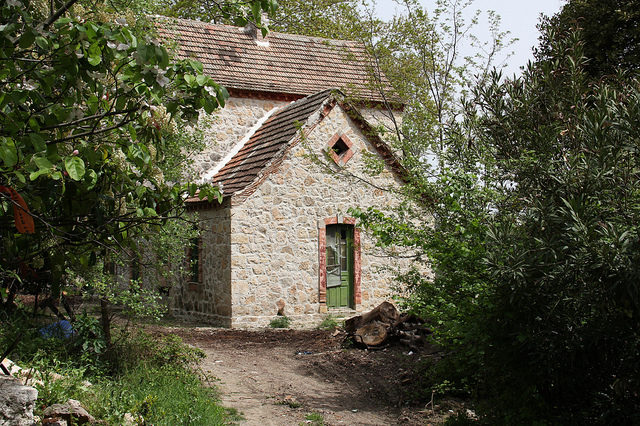
In 1992 parts of the property, including the central house and few outbuildings, were handed back to King Constantine. The rest was managed by the Tatoi National Park Foundation and small parts were given to institutions.
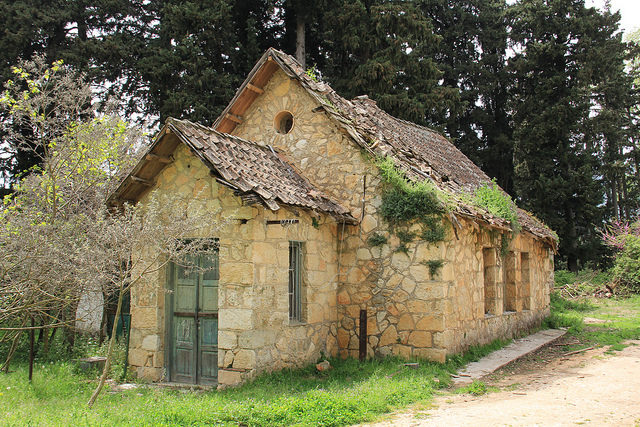
However, two years later the Greek government passed a regulation that reinstated the 1973 ruling and the property was once again removed from the ownership of the royal family. King Constantine presented the case at the European Court of Human Rights, who forced the Greek Government to pay him 12 million euros as compensation, but this was a very small fraction of it’s worth and Tatoi palace remained a property of the Greek state.
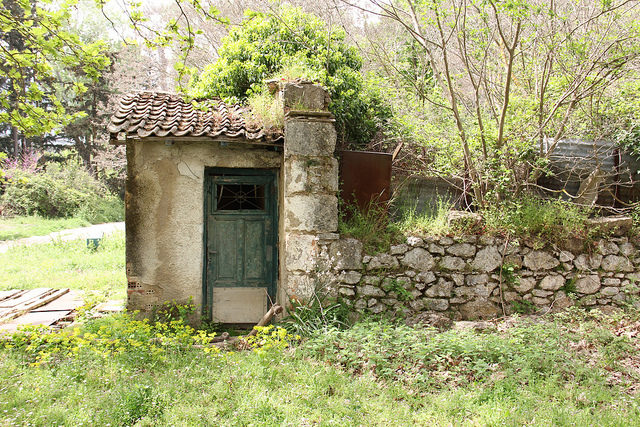
Bowing to public pressure, in 2007 the government declared an intention to turn Tatoi Palace into a museum, a move which some saw as a signal of burying the hatchet between the Greek state and the former Royal Family. However the national financial crisis put these plans on hold–it was even considered that the property might be put up for sale.
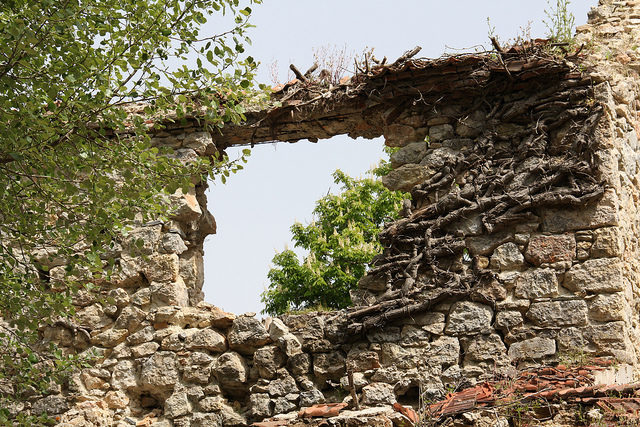
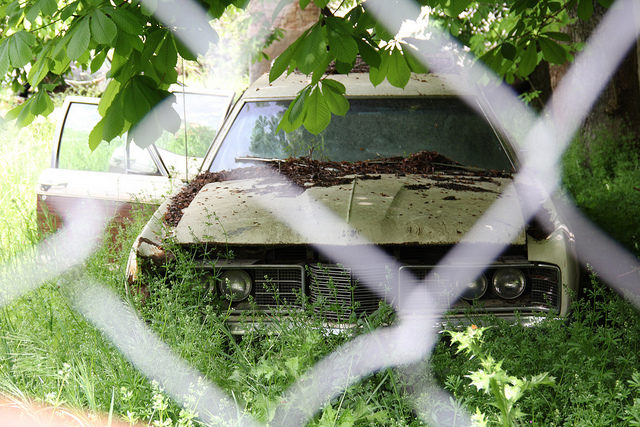
In order to prevent further decay, conservation work on the gardener’s residence, the cemetery, and chapel roof was started in late 2014 by the Friends of Tatoi Association. The complex has several surviving outbuildings, including warehouses, farm houses, apiaries and garages, which are in desperate need of preservation.
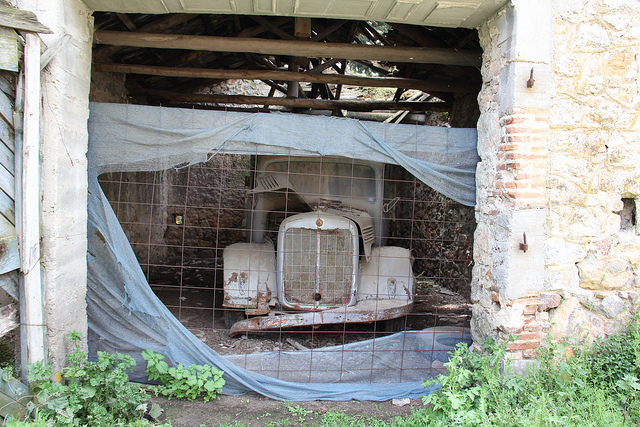
Many personal items, furniture, and valuable pieces of art were found in the warehouses and taken into safe storage. Several carriages and classic cars were also found, but despite being declared as designated cultural monuments, they still rot at the site. The central house is in remarkably good condition. There are still plans on the drawing board to one day convert the palace into a museum, and for the garden to be restored and turned into a large park.
